A candy bar, made almost entirely from nougat, is a useful model for exploring how temperature affects a rock's response to stress. Together with their teacher, students compare the candy bar's response to stress to other materials explored previously (e.g. rubber bands and Marble Tongs). From this they see how different materials respond to the same stress. Building on this, students also explore how temperature can affect the deformation of the same material undergoing the same stress. The discussion at the conclusion of the demonstrations ties the concepts of deformation to faulting (earthquakes) and folding of rocks.
Students will be able to:
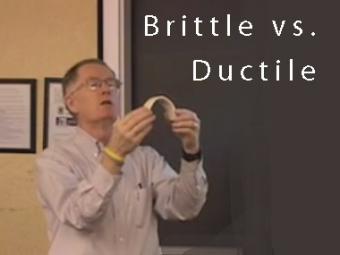
Video lecture on how temperature controls mechanical behavior of materials, including rocks. A Big Hunk candy bar is used as a model. The cold candy bar is brittle whereas the warm candy bar is ductile or "plastic".
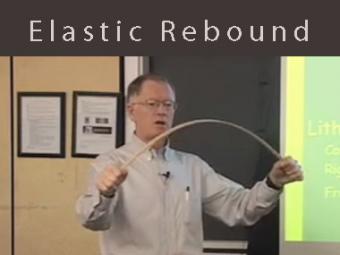
Video lecture about elastic rebound and brittle material in the crust using a yardstick as a mechanical analog. This demonstrates elasticity, brittle fracture, and why it is difficult to predict earthquakes.
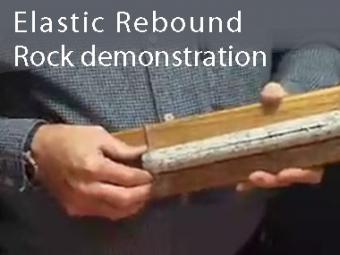
This demonstration shows that rocks are elastic by squeezing a slit core of rock.
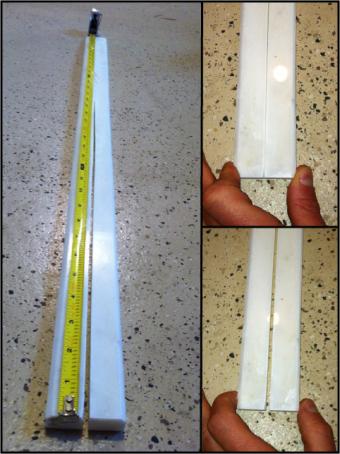
Through a demonstration lead by the teacher, the discrepant concept of rocks exhibiting elastic behavior is physically illustrated with an easily obtained, inexpensive model.
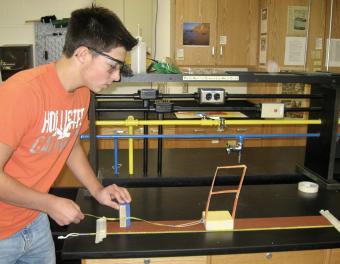
Using a block-and-sandpaper model, students collaborate in small groups to investigate how energy is stored elastically in rocks and released suddenly as an earthquake (the earthquake cycle). This activity emphasizes the role of mechanical models in understanding and testing ideas in science.
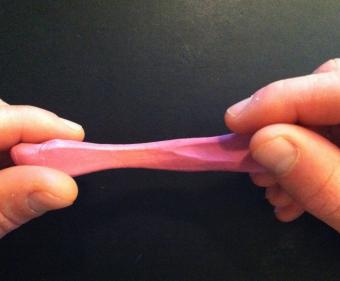
In this activity students will evalaute Silly Putty and Oobleck, both of which demonstrate proprieties of both solid and liquids, as a potential concrete model for Earth's Asthenosphere.
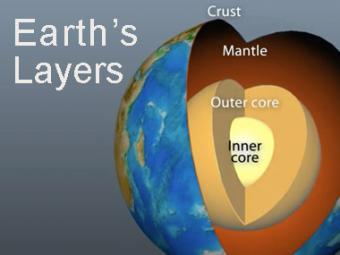
The Earth has 3 main layers based on chemical composition: crust, mantle, and core. Other layers are defined by physical characteristics due to pressure and temperature changes. This animation tells how the layers were discovered, what the layers are, and a bit about how the crust differs from the tectonic (lithospheric) plates, a distinction confused by many.
We encourage the reuse and dissemination of the material on this site as long as attribution is retained. To this end the material on this site, unless otherwise noted, is offered under Creative Commons Attribution (CC BY 4.0) license